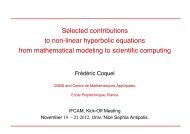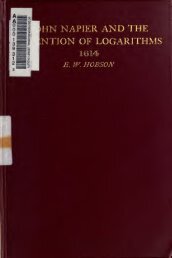The construction of the wonderful canon of logarithms
The construction of the wonderful canon of logarithms
The construction of the wonderful canon of logarithms
Create successful ePaper yourself
Turn your PDF publications into a flip-book with our unique Google optimized e-Paper software.
30 Construction <strong>of</strong> <strong>the</strong> Canon.<br />
limit, and 100.0004950 for <strong>the</strong> less limit, between<br />
which <strong>the</strong> required logarithm <strong>of</strong> <strong>the</strong> given sine is<br />
included.<br />
42. Hence it follows that <strong>the</strong> <strong>logarithms</strong> <strong>of</strong> all <strong>the</strong> proportionals<br />
in <strong>the</strong> Second table may be found with sufficient<br />
exactness, or may be included between known limits differing<br />
by an insensiblefraction.<br />
Thus since <strong>the</strong> logarithm <strong>of</strong> <strong>the</strong> sine 9999900,<br />
<strong>the</strong> first proportional <strong>of</strong> <strong>the</strong> Second table, was<br />
shown in <strong>the</strong> preceding example to lie between<br />
<strong>the</strong> limits 100.0005050 and 100.0004950; necessarily<br />
(by 32) <strong>the</strong> logarithm <strong>of</strong> <strong>the</strong> second proportional<br />
will lie between <strong>the</strong> limits 200.0010100 and<br />
200.0009900 ; and <strong>the</strong> logarithm <strong>of</strong> <strong>the</strong> third proportional<br />
between <strong>the</strong> limits 300.0015150 and<br />
300.0014850, &c. And finally, <strong>the</strong> logarithm <strong>of</strong><br />
<strong>the</strong> last sine <strong>of</strong> <strong>the</strong> Second table, namely 9995001.<br />
222927, is included between <strong>the</strong> limits 5000.<br />
0252500 and 5000.0247500. Now, having all<br />
<strong>the</strong>se limits, you will be able (by 31) to find <strong>the</strong><br />
actual <strong>logarithms</strong>.<br />
43. To find <strong>the</strong> <strong>logarithms</strong> <strong>of</strong> sines or natural numbers not<br />
proportionals in <strong>the</strong> Second table, but near or between<br />
<strong>the</strong>m ; or to include <strong>the</strong>m between known limits differing<br />
by an insensible fraction.<br />
Write down <strong>the</strong> sine in <strong>the</strong> Second table nearest<br />
<strong>the</strong> given sine, whe<strong>the</strong>r greater or less. By<br />
42 find <strong>the</strong> limits <strong>of</strong> <strong>the</strong> logarithm <strong>of</strong> <strong>the</strong> table<br />
sine. <strong>The</strong>n by <strong>the</strong> rule <strong>of</strong> proportion seek for a<br />
fourth proportional, which shall be to radius as<br />
<strong>the</strong> less <strong>of</strong> <strong>the</strong> given and table sines is to <strong>the</strong><br />
greater. This may be done in one way by multiplying<br />
<strong>the</strong> less sine into radius and dividing <strong>the</strong><br />
product by <strong>the</strong> greater. Or, in an easier way, by<br />
. multiplying


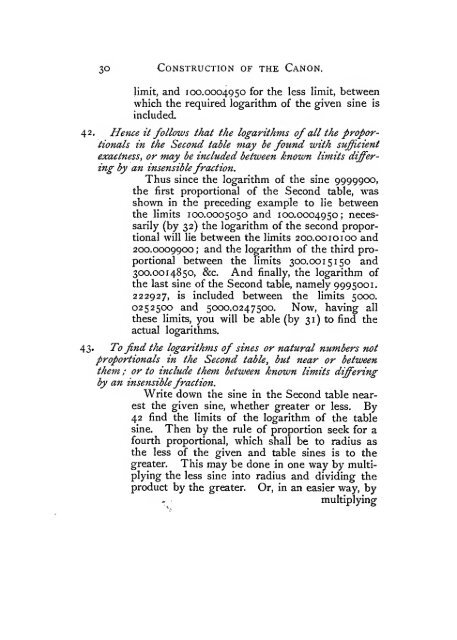
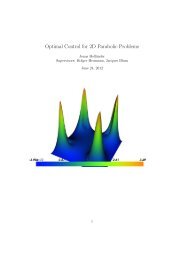
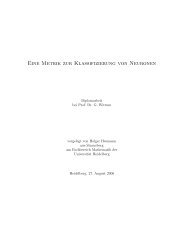
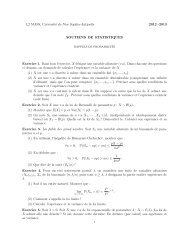
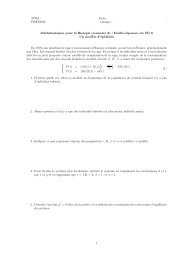


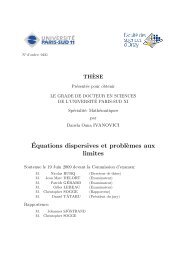
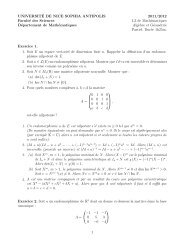
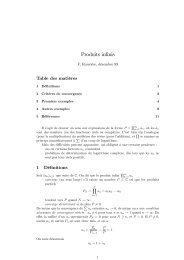
!['eries enti\`eres (+ [D78 Th d'Abel angulaire])](https://img.yumpu.com/14067031/1/184x260/eries-entieres-d78-th-dabel-angulaire.jpg?quality=85)
